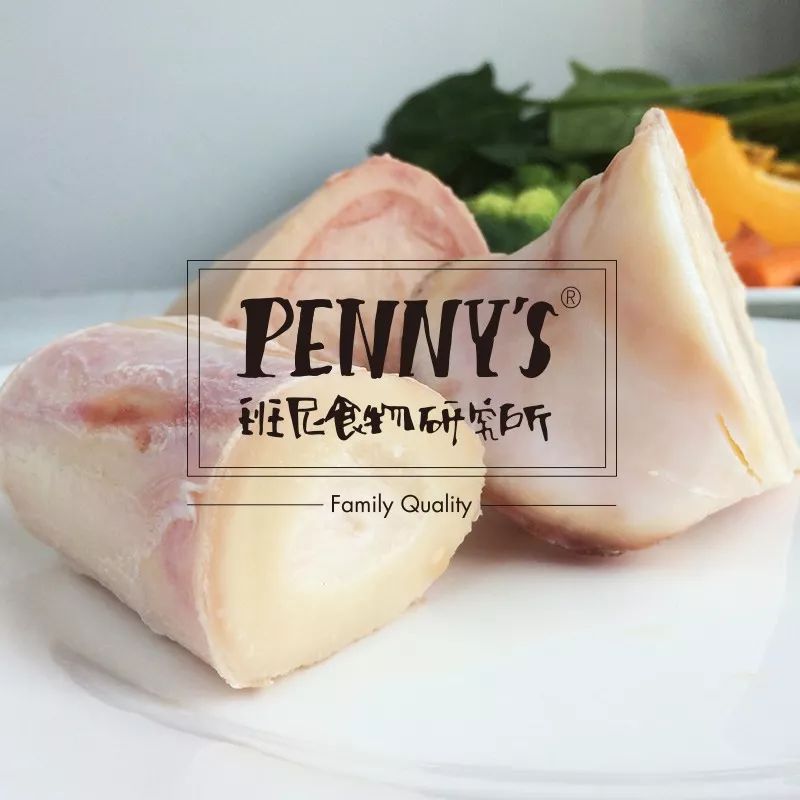The Future of Pet Food Manufacturing: Innovations and Trends Shaping the Industry
#### Description:The pet food manufacturing industry is undergoing a significant transformation as pet owners become more discerning about the quality and n……
#### Description:
The pet food manufacturing industry is undergoing a significant transformation as pet owners become more discerning about the quality and nutritional value of the food they provide for their furry companions. With the rise of health-conscious consumers and an increasing awareness of pet nutrition, manufacturers are adapting to meet these demands. This article explores the latest innovations and trends in pet food manufacturing, highlighting the factors driving change and what the future holds for this dynamic industry.
One of the most notable trends in pet food manufacturing is the shift towards natural and organic ingredients. Pet owners are increasingly seeking products that are free from artificial preservatives, colors, and flavors. As a result, manufacturers are reformulating their recipes to include whole food ingredients, such as real meats, fruits, and vegetables. This trend not only caters to the health-conscious pet owner but also aligns with the growing demand for sustainability in food production.

Moreover, the rise of personalized nutrition is revolutionizing pet food manufacturing. Companies are now offering customized diets tailored to the specific needs of individual pets based on factors such as age, breed, weight, and health conditions. This shift towards personalized pet food is supported by advancements in technology, including data analytics and artificial intelligence, which allow manufacturers to create bespoke formulations that optimize the health and well-being of pets.
Another significant development in the pet food manufacturing sector is the incorporation of alternative protein sources. With the global population on the rise and the demand for traditional livestock protein increasing, manufacturers are exploring alternative sources such as insects, lab-grown meat, and plant-based proteins. These alternatives not only provide sustainable options but also address ethical concerns related to animal welfare and environmental impact.
The trend of transparency in labeling is also gaining momentum within the pet food manufacturing industry. Pet owners want to know exactly what is in the food they are feeding their pets, leading to an increased demand for clear and informative packaging. Manufacturers are responding by providing detailed ingredient lists, sourcing information, and even certifications that validate the quality of their products. This transparency fosters trust and loyalty among consumers, which is crucial in a competitive market.

In addition to these trends, the role of e-commerce in pet food manufacturing cannot be overlooked. The COVID-19 pandemic accelerated the shift towards online shopping, and pet food is no exception. Consumers are now more inclined to purchase pet food online, leading manufacturers to enhance their digital presence and offer convenient delivery options. This shift not only expands the market reach for manufacturers but also provides pet owners with greater accessibility to a wider range of products.
As we look to the future, it is clear that the pet food manufacturing industry is poised for continued growth and innovation. With an increasing focus on health, sustainability, and personalization, manufacturers must remain agile and responsive to the evolving needs of pet owners. By embracing new technologies and trends, the industry can ensure that pets receive the highest quality nutrition while also addressing the broader concerns of consumers.
In conclusion, the landscape of pet food manufacturing is rapidly changing, driven by consumer demand for healthier, more sustainable options. As manufacturers adapt to these trends, they not only enhance the quality of pet food but also contribute to the overall well-being of pets and the environment. The future of pet food manufacturing looks bright, with endless possibilities for innovation and growth.
